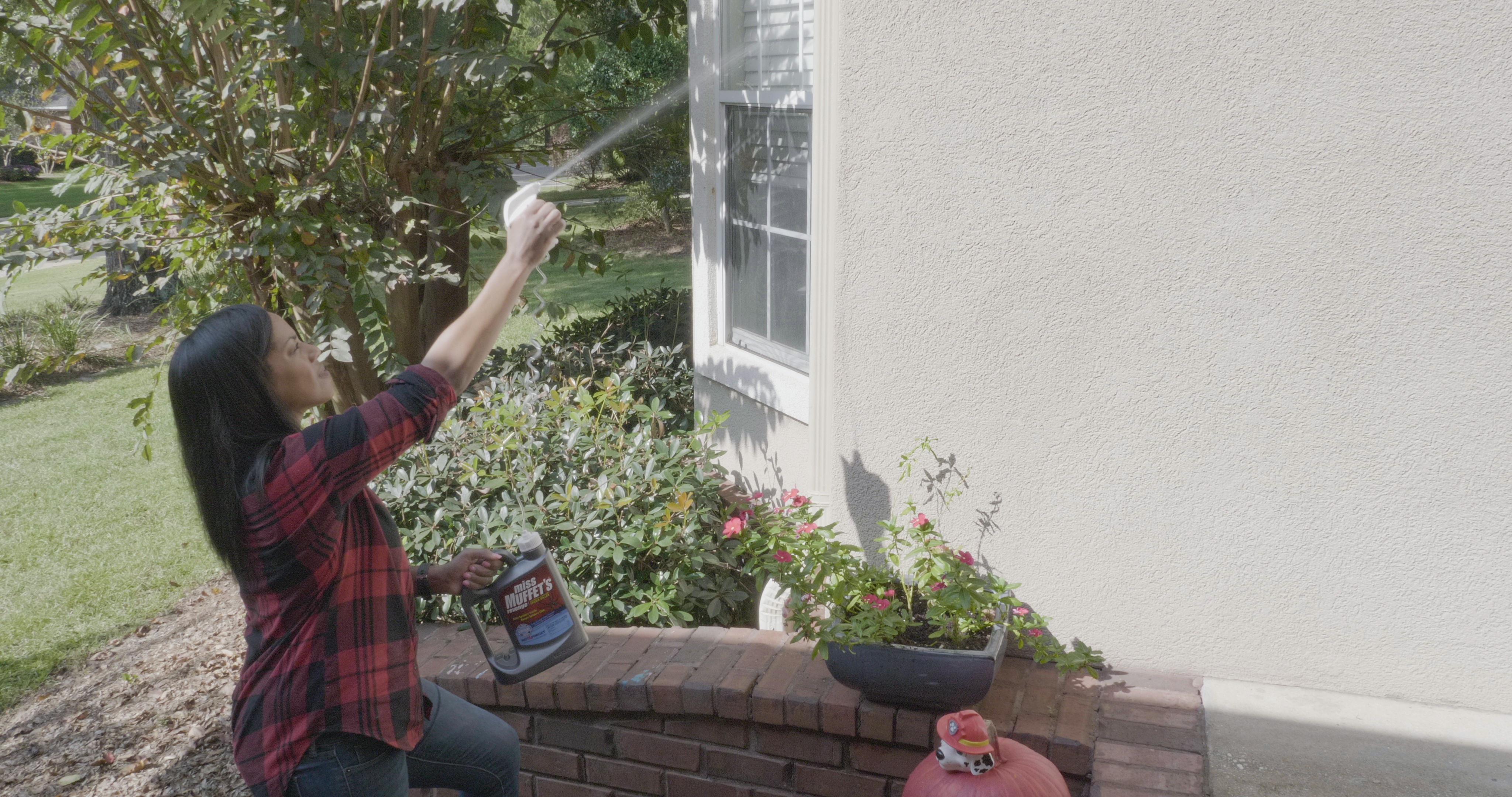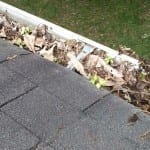
3 Fall Home Improvement Projects to Do Before Winter
Prepare your home for the new season by making some fall home improvements. Not only will it save a lot of time, money, and headaches, but it’s a must-do task for all new and old homeowners looking to make sure their home is ready to withstand each new season.
Here we’ll cover three essential fall home improvement ideas to complete before winter.
Inspect Your Roof
It’s a good idea to check your roof in the fall thoroughly. Roofing material is subject to wear and tear from the elements, so a once-a-year roof inspection is essential to help maintain it.
Each region experiences different weather patterns, so a twice-a-year inspection may be needed if your area routinely experiences high winds or harsh weather. Here are a few tips on performing a DIY roof inspection.

DIY Fall Roof Inspection – What to Look For:
- Check the roof flashings, the metal piece that covers dormers, chimneys, and vent pipes. If they look damaged, repair them or call a roofing contractor to do repairs.
- Faulty flashings will allow moisture to enter your home’s interior, causing rot and damage to interior walls.
- Asphalt shingles have a granular surface that becomes brittle. Over time, the embedded granules loosen up, roll down the roof, and into your gutters. If there’s a significant amount deposited in your gutters, it may be time to replace your roof. In addition, check your shingles for bare spots, tears, and signs of warping or curling.
- Are the wooden shakes or shingles warping, dry rotting, or curving? Then it’s time to replace the roof.
- For metal roofs, look for signs of rusting, pitting, or corrosion. Also, check the seams and joints for loose or open spots that can lead to interior leaks.
- Inspect under eaves and overhangs for worn areas or damage.
- Check your roof for green and black stains caused by moss, mold, mildew and algae. This type of growth can damage your roof. Treat your roof with a quick application of Wet & Forget Xtreme Reach™ Hose End to remove this.
If you’re not comfortable climbing a ladder and walking around on your roof, call in a professional. Most roofing contractors will perform a free inspection in hopes of gaining your business.

Painting Your Home
Fall is an excellent time to paint your home’s exterior as the decreasing temperatures fall into the optimum range for paint application. Fall also means less humidity, which is best for exterior painting.
List of supplies that may help you with the cleaning and prepping for fall painting:
- Paint scraper
- Wire brush
- 80-grit sandpaper or power sander
- Dust mask
- Replacement trim or siding
- Hammer
- Auto body filler
- Exterior latex caulk
Here’s how you can prepare the surface:
- Start by moving potted plants, storage bins, and breakable objects out of the way.
- Next, use a wire brush and paint scraper to remove chipped or loose paint and caulking.
- Feather any remaining sharp edges with 80-grit sandpaper. This will give the new coat a smoother appearance.
- If the existing paint is particularly worn, sand the surface down to bare wood using a power sander. Always wear a dust mask (rated N95 or higher) while sanding.
- To fill large gaps and holes, use auto body filler. Use an exterior latex caulk to fill in small cracks and nail holes. Wait for the filler to harden, and then sand the surface smooth.
- Tap in any protruding nails with a hammer.
- Replace any broken or rotted trim and siding.
Priming the surface
Prime bare spots with a quality exterior primer. If you plan to apply latex paint over old oil-based paint, prime the whole exterior.
How to tell if your existing paint is latex or oil:
Rub the surface with a rag dipped in denatured alcohol. If paint shows up on the cloth, then the paint is latex. If not, the paint is oil-based, and you’ll need to apply a coat of primer before you paint.
Tips and Ideas for Fall Painting
- The best outdoor conditions for house painting are between 50° and 85° F, with low humidity and little to no breeze. Paint when surfaces are dry and no rain is forecasted.
- While it’s quicker to paint your house with a paint sprayer, you’ll get better, long-lasting results with a traditional 4-inch wide paintbrush plus a 1-inch to 2-inch wide brush for windows and trim.
- If you use an extension ladder to reach high-up areas, position the ladder, so the base is 1/4 of the distance of ladder length out from the wall.
- Start painting near the roof-line and then gradually move down the side of the house. Paint the surface in sections that are four to six boards wide. Make sure to paint the trim last.
- Begin painting on the shady side of the house to keep the fresh coat from drying too quickly in the direct sun. Latex paint will dry quickly, so do not brush over just-painted areas.

Get Rid of Spiders
Fall spiders appear near and around your house when the weather begins to cool. As the new fall season moves in, you’ll see their webby homes attached to shrubs, lighting fixtures, and your home’s rafters.
So, add spider removal to the list of fall home improvement projects. Once winter rolls around, outdoor spiders may make their way inside your home, garage, or outdoor structures to keep warm and to find a meal.
Get rid of fall spiders around your house with Miss Muffet’s Revenge. This spider killer is designed to be used around the perimeter of your home to keep spiders away.
To apply Miss Muffet’s Revenge:
- Remove the white flip cap and insert the white tubing tip into the cap until a ‘pop’ sound can be heard. This means the sprayer tip is fully inserted into the cap.
- Stretch out the clear tubing that is coiled inside the sprayer. It should be 3 feet long once it’s uncoiled.
- For indoor use: apply a 4-inch band where spiders are present or along the baseboards. For outdoor use: Apply a 12-inch band along the foundation of your home or areas with spider activity. Allow to dry, and you’re done!
Keep in mind that natural elements from each new season can break down the barrier over time, so reapply as needed- especially when using this product on areas exposed to the elements.
Additional ideas and tips to keep spiders out of your home:
- Repair any torn or damaged doors and window screens to prevent spiders from entering your home.
- Small insects that have come inside will attract spiders, so try and reduce or eliminate any additional bugs inside your home.
- Keep your home’s exterior clean and clutter-free to deter spiders from setting up shop.
- Prune shrubs and landscape plantings so branches do not touch the house allowing spiders to climb up to windows or doors easily.
- Toss out accumulated clutter in your basement, shed, or garage areas.
- If you find spider webs inside, use a vacuum attachment or a broom to remove them.
The time from early fall to right before the holidays is the best time to prepare your home for winter’s chill. Completing these fall home improvement ideas and projects will help keep your family safe, warm, and dry- even on the coldest days.
Looking for fall decorating ideas? Click here.










